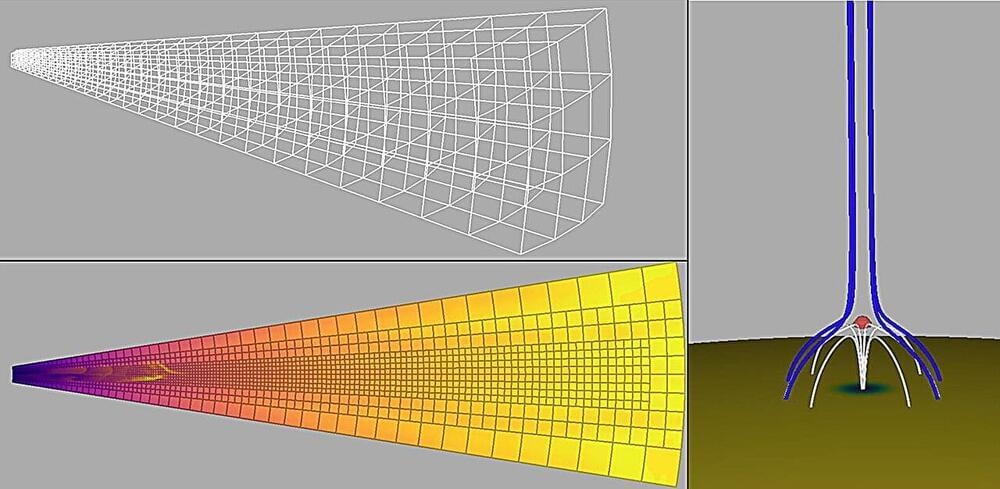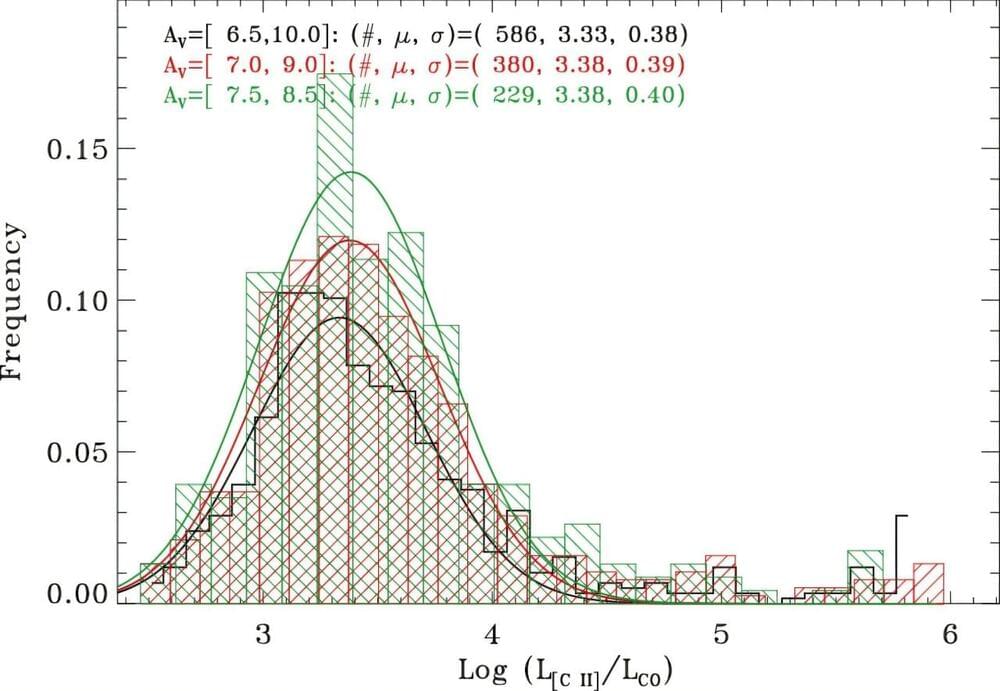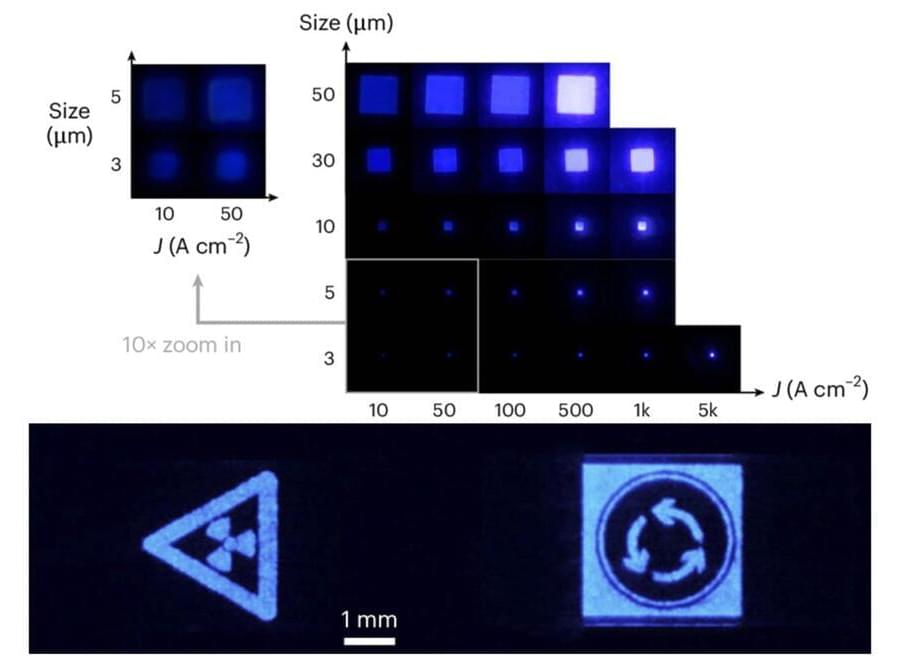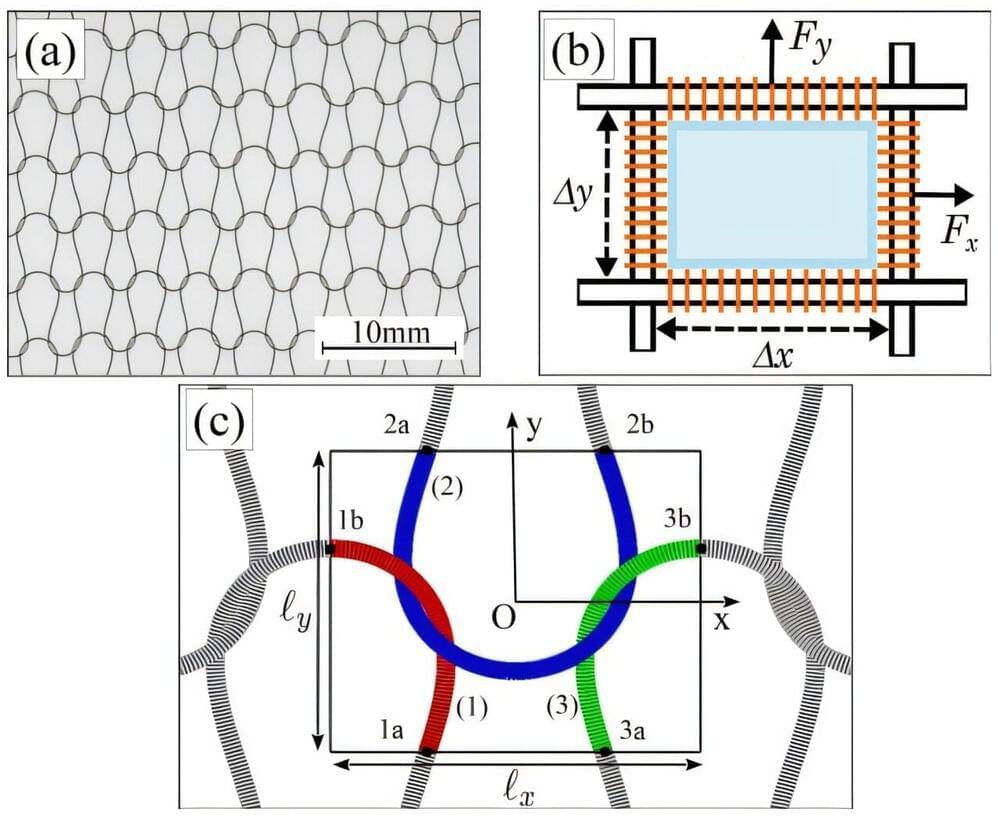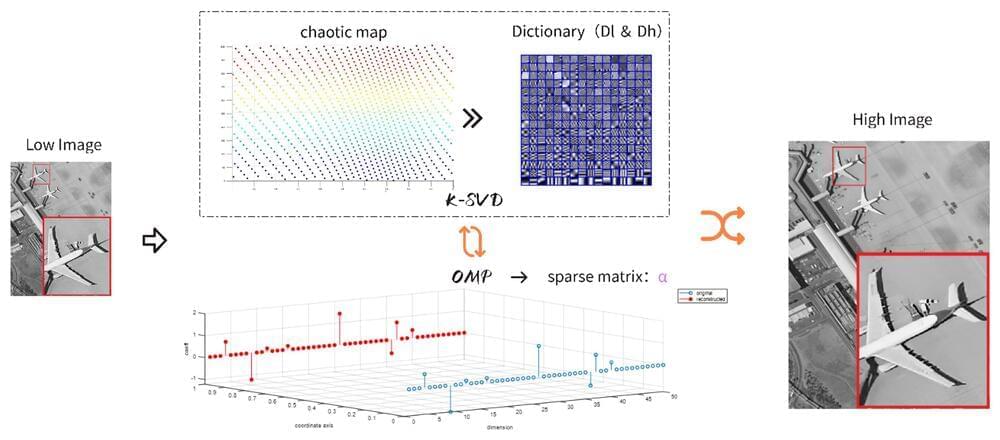The U.S. Department of Health and Human Services (HHS) has proposed updates to the Health Insurance Portability and Accountability Act of 1996 (HIPAA) to secure patients’ health data following a surge in massive healthcare data leaks.
These stricter cybersecurity rules, proposed by the HHS’ Office for Civil Rights (OCR) and expected to be published as a final rule within 60 days, would require healthcare organizations to encrypt protected health information (PHI), implement multifactor authentication, and segment their networks to make it harder for attackers to move laterally through them.
“In recent years, there has been an alarming growth in the number of breaches affecting 500 or more individuals reported to the Department, the overall number of individuals affected by such breaches, and the rampant escalation of cyberattacks using hacking and ransomware,” the HHS’ proposal says.

